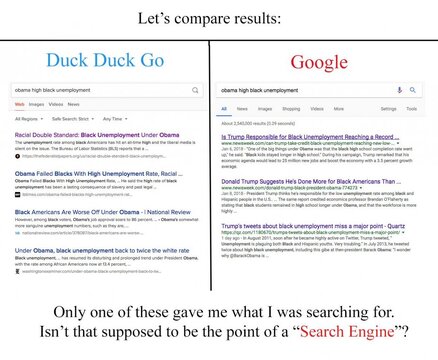Thomas R Morrison
Paranormal Adept
Well, it's hard to say if prior evidence could've made its way to the AATIP for analysis. But regardless of any potential material recovered prior to the AATIP, I want to know what they have in that Las Vegas warehouse, and what they've learned about it, if anything.So, does that sound like it's something new that AATIP or TTSA found or have proper knowledge of?
Yeah that makes sense. But the idea that anybody would've sent a genuine fragment of alien technology to LMH is about as likely as somebody sending me the Hope diamond in the mail. I assume that some joker who works in a metal shop sent her that stuff with a hoaxed letter just to watch the ensuing fireworks over a cold brew and some hearty laughs with their buddies.LMH repeatedly stated how she has several different pieces, so DeLonge might be talking about some of her other samples, of which at least some supposedly came from some other crash that also wasn't Roswell:
I try to be forgiving of people without a strong science background - it takes many years of hard work to get a reasonable grasp of the sciences, and most people just don't have the time in their lives to get up to speed. In fact I find Tom DeLonge's hapless enthusiasm for the subject sort of endearing - I really do think that he means well, and I totally give him props for getting Luis Elizondo to come forward, and for getting Steve Justice on board with this. If I wanted somebody to work on the problem of metric propulsion, I'd want to top-notch theoretical physicist well-versed in both quantum field theory and geometrodynamics to develop conceptual strategies, and a top engineer from Lockheed's Skunk Works to translate those strategies into attainable physical experiments. Honestly I think it's going to be way more complicated than irradiating some layered metals - from an engineering perspective, applied general relativity is a nightmarish problem to solve, which will likely involve huge energies and inventing entirely new classes of materials.Here's a quick transcription of parts of that DeLonge interview, which already gives quite a good idea how much he actually understands what he is babbling about:
It definitely doesn't make any sense...
I was intrigued with DeLonge's statement about "atomically aligned" layers of metal, because I would expect any alien technology to exhibit precision ordering at that level. But now I think he's getting mixed up with Col. Corso's claims - he described the exact same atomic ordering in materials that he claimed had been analyzed...and I presume that Corso's story was a hoax. Add that to a discussion with Hal Puthoff where he might've told DeLonge "I'd like to see if this sample loses mass when exposed to terahertz radiation," and DeLonge simply assuming that he thinks that would work, and we get this extravagant claim about a material losing mass under those conditions. Similarly, he may have misunderstood a proposed test - seeing if the flight time is reduced for an electron sent close to a material with a negative value of stress-energy tensor (a valid test) - as a test that was actually performed. Because I don't think DeLonge could've figured that out on his own. It looks like he's picking up fragments from others, and putting them through the science blender of his mind, and thereby coming up with exotic claims. I would love to see the documents that he says he's seen about these kinds of materials analyses - somebody with a science background would be far better suited for properly understanding their significance and sifting the wishful thinking from the hard data.
I'm trying not to jump to conclusions - it seems that Puthoff and Davis et al. were simply doing their due diligence (see below), and they didn't actually find any interesting properties. But it does look like Hal Puthoff at least entertained some wildly optimistic speculations about that industrial floor scraping, which doesn't bode well for the theoretical side of things, unless this is one of those ridiculously serendipitous moments in science history akin to the discovery of penicillin. I'd like to hear what he has to say directly though, rather than getting it secondhand through people like LMH and Tom Delonge.LMH's buddy Puthoff seems to have taken it seriously... So I guess there's your anyone... Which is one of the reasons I'm about as interested in his ideas as I am about those of LMH or DeLonge.
Because I think he's right to seriously consider the substantial physical ramifications if the theory of stochastic electrodynamics is in fact the underlying physics for quantum field theory, and in this response to LMH, he explains that they found no unusual properties with her sample - but he raises an interesting untested possibility that such thin layers of these metals could act as a waveguide for terahertz waves, and exhibit a negative refractive index. And a negative refractive index invokes a little-known possibility with regard to generating a negative Poynting vector, and a negative Maxwell stress tensor at a boundary, which would produce a series of negative terms in the electromagnetic stress-energy tensor - and this would indeed produce a drop in inertial mass (though it would take a very high level of energy propagating in this manner to produce a measurable effect, and I can't see how that would be possible without melting the sample long before any change in mass could be detected):

Last edited:

